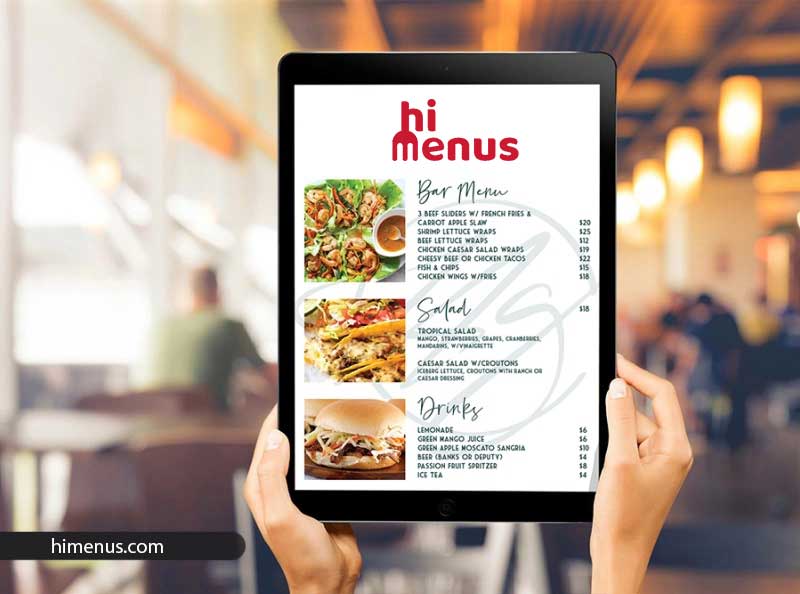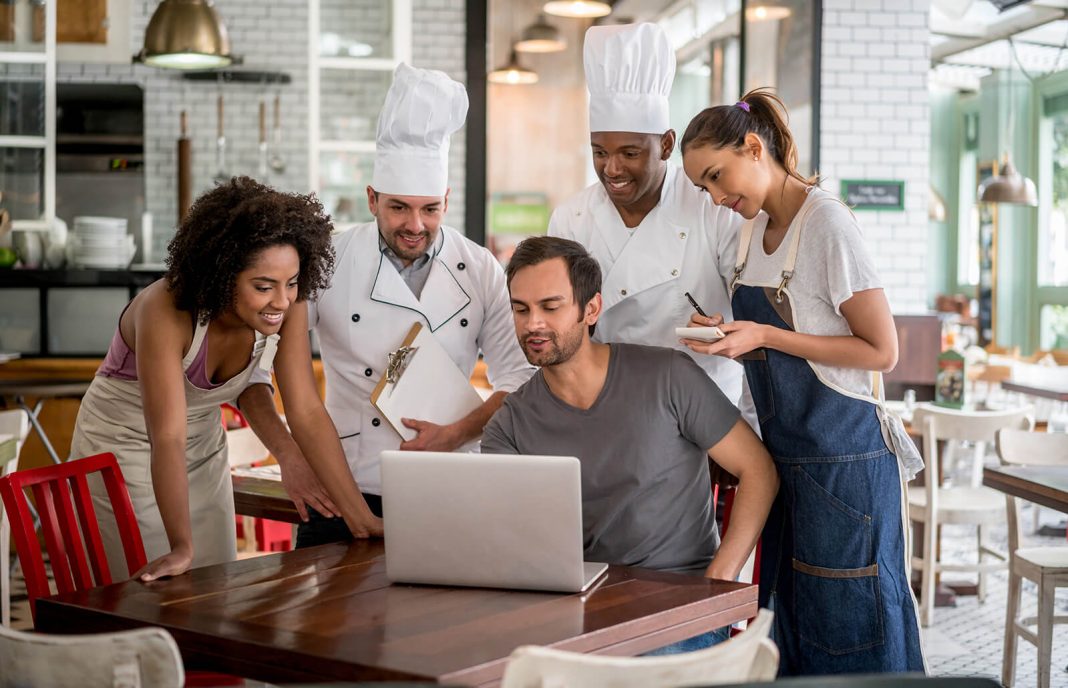To use a kitchen order management system, or KDS, you do not have to operate a large kitchen or a quick-service restaurant. The operational benefits that touchscreen kitchen display systems provide can, in fact, provide a significant return on investment for kitchens of all shapes and sizes. But first we have to look what is KDS in restaurant management system? Here we have a definition of KDS:
What is a kitchen Display System?
A central order management system is referred to as a KDS. The majority of restaurants use it to replace paper tickets in the kitchen and to improve efficiency and communication in both the front of the house (FOH) and the back of the house (BOH). However, that is not the only reason why restaurants use them. Here are some significant ways your KDS could save your restaurant time and money, as well as six key advantages of using kitchen order management system as cited by the restaurants that use them.
1. Track Fulfillment Times Accurately
It is all about the data. The more information you have, the more effectively you can run a restaurant kitchen. The time taken by your kitchen staff to fulfill each order can be monitored on restaurant order management system screens. Additionally, you will learn crucial information about the areas you ought to concentrate on in order to streamline procedures and further enhance kitchen operations thanks to Kitchen Reports.
These metrics, such as the average fulfillment time (by day of the week and hour of the day), can make it simple for you to determine which members of your kitchen staff are the most productive and which ones could use more instruction. Additionally, it provides you with the knowledge necessary to efficiently plan for and staff rush hours.
2. Cook Food Quickly and Efficiently
It is crucial for chefs to plan for a smooth shift in a busy kitchen. The mental math is lessened when your chefs know they need to prepare 42 wings rather than 7 separate orders of 6 wings, which gives them more time to prepare and cook the food. The majority of kitchen display systems have an “all-day” display, allowing chefs to accurately gauge the number of patties to be grilled, orders of fries to be placed in the fryers, and cheese pizzas to be baked.
If you have ever watched a Top Chef Restaurant Wars episode, you know that paper tickets lead to chaos and are frequently the operation’s undoing. Paper tickets, in contrast to kitchen display systems in which allocations and commitments are laid out, can cause confusion for cooks.

3. Increase Kitchen Effectiveness
Salads and appetizers can be sent from the same ticket and automatically routed to the appropriate line thanks to a best restaurant management system that enables tickets to be routed directly with individual kitchen screens and prep stations.
This is made even simpler by color-coding your tickets; when they are not accomplished within a certain period. The color of the ticket changes, keeping your turn time short and your team responsible. Due to improved kitchen efficiency, a report shows that a kitchen display system increased its sales by twofold.
The routing function makes it simple for your kitchen staff to keep track of the various tickets they need to attend to and prioritize them appropriately. Additionally, you can lower your restaurant’s labor costs by raising the number of orders each chef can fulfill in a given period.
4. Streamline the BOH and FOH Processes
When tickets are characterized as fulfilled on the kitchen display system (KDS) in a full-service atmosphere and your restaurant management software vendor sells handheld tablets, your servers can receive immediate notifications on the tablet’s user interface. No handhelds? No issue.
In a full-service restaurant or a quick-service restaurant, some KDS options will text servers or customers when food is in the window. Operations are streamlined and guests receive their meals as soon as it is ready thanks to immediate alerts sent to servers or customers. Therefore, food is never delivered cold.
5. A Unified Online Ordering Process
With online ordering becoming more popular than ever, you must be able to handle these off orders seamlessly. Orders from your online ordering can be routed directly to kitchen display screens, eliminating the need for a staff member to re-enter the order into the restaurant management software.
Must Read: MSME BUSINESS COMPLIANCE GUIDE – Udyam Registration
A few restaurant system allow users to set permissions so that a manager must first approve all orders online or cash-only orders before they can be sent, if you prefer to have them accepted before they are sent to the kitchen. Online orders are now completely integrated into your processes and do not require additional manual effort from your staff to complete.









